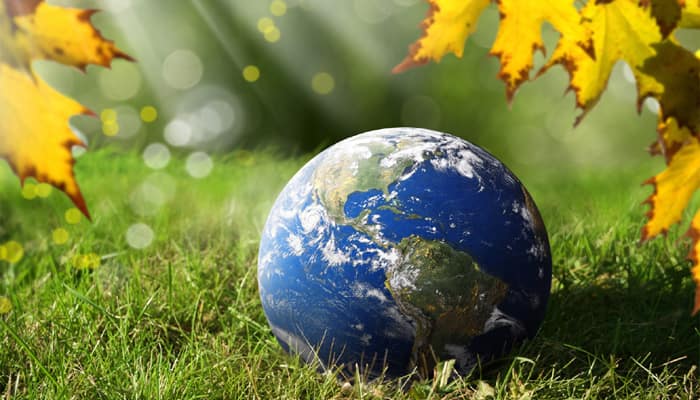New Delhi: From the past 58 years, NASA has always amazed us with its incredible space-digging discoveries. With a legion of groundbreaking discoveries and observations, the US space agency has provided us with many modern conveniences that we usually take for granted.
Due to lack of information, many people consider that NASA discoveries are only good for budding astronomers, students and space enthusiasts and they are of no use in everyday life. That is why, the space giant is often criticized for increasing the burden of the US taxpayers.
Well, the truth is that NASA's innovations, that are the result of cosmos explorations, has dramatically changed the lives of human beings. And to prove this point, every year since 1970s, NASA publishes a list of space technologies that have been amalgamated into everyday usage.
Here's a list of some NASA's unique functions that have drastically improved life on the Earth:
Memory foam:

All of us should thank NASA for this super safety and super comforting invention. Temper foam, popularly known as Memory form was invented by Charles Yost, a NASA aeronautical engineer in 1970s to improve seat cushioning and crash prevention for airline pilots and passengers. During space journeys, seats made by Yost's plastic provide extra support to the astronauts by absorbing some of the pressure caused by the G-force. They are made up of open cell polyurethane-silicon plastic that reduces the impact during landing. The best part of this foam is that they take their original shape even after being compressed to 10% of its original shape.
It was only in 1990's that the healthy sleeping benefits of memory foam was identified after that it suddenly became an increasingly popular material for sleeping mattresses. Foam based mattresses came as a big relief from traditional coil and spring mattresses as it keep our spine in correct alignment, no matter what position we sleep in.
Scratch resistant glasses:

Almost all big sunglasses brands today make use scratch-resistent glasses that are not only lighter in weight but also provide better shatter resistance. NASA invented these glasses as an abrasion-resistant coating for space helmets and aerospace equipment. NASA scientist Ted Wydeven of the agency's Ames Research Center while working on a water purification system for spacecraft created protective coatings of plastics that was surprisingly tough. In 1983, Foster Grant, a sunglass manufacturer licensed this technology from NASA and commercialized the use of scratch-resistant coating in eyeglasses.
A drone that fights forest fires:

NASA's Ikhana drone aircraft took its maiden flight in 2007 to provide firefighters real-time information about the devastating wildfires that was spreading throughout the state of California. During its two-year mission, the drone aircraft helped firefighters to identify hundreds of small fires in that were in early stages development and respond quickly before they get out of hand.
Because of this unmanned aerial system, wildlife agencies evacuated many at-risk populations and saved lives. Recently, NASA updated Ikhana to carry out various Earth science mission.
A capsule that rescued Chilean Miners:

This tragic incident took place in 2010 when 33 Chilean miners got trapped under the stone walls of a Chilean copper mine for more than two months. People across the world extended their help as Chilean government sought assistance from several organizations for how to help the trapped miners. Among them was an emergency team from NASA’s Engineering and Safety Center who developed a unique capsule-like vehicle that helped the trapping miners in bringing back to the surface one-by-one.
Medical technologies and researches:

There are fair chances that many of us have used NASA technologies for health-related issues without even realizing it. Since its inception, NASA has contributed in many medical breakthroughs like infrared ear thermometers, improved artificial limbs etc. NASA's Jet Propulsion Laboratory pioneered the development of imaging techniques such as the CAT scan and the MRI. It's latest research in the field of human physiology aboard the International Space Station is providing key insight into “diseases of gravity” in a zero-g environment. Medical experts believe that in future Zero-g research may pave the way for the production of ultra-pure drugs on the Earth.
Flourishing Farming in America

Many of us would never thought of associating NASA with farming. But the US space agency proved us wrong by helping U.S. farmers plan the best use of land and crops. In four decades Landsat satellites revolutionized remote sensing by providing land-change images. In Rovert Mondavi Winery in California, Landsat played a major role in monitoring 400-acres of land. According to NASA, the company rely on Landsat data to check whether their vines and trees are getting enough (or too much) water and fertilizer. The resolution and regularity of the satellite data is crucial for them. The satellite makes use of "push-broom" technology, in which a sensor uses long arrays of light-sensitive detectors to collect information across the field of view,
















